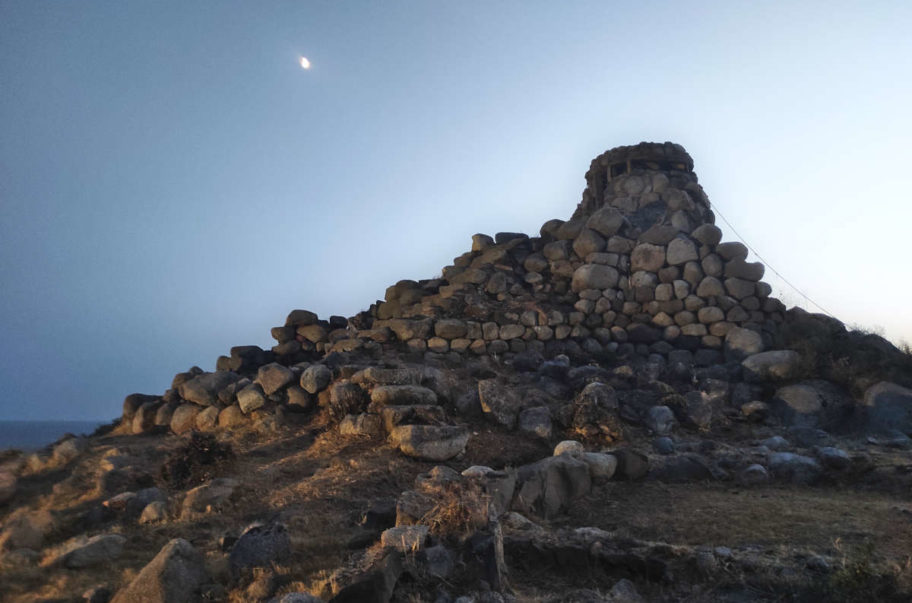Corpo Pagina
The territory of Quartu Sant’Elena, big town of the Città metropolitan di Cagliari with which it shares the long Poetto beach, has been a crossroads of people and populations coming from the sea and inland areas since very ancient times. These cultural exchanges enriched the territory from an artistic, historical and archaeological point of view.
In the area, the most present monuments are the nuraghi: 38 of them have been recorded, both simple and complex, as well as archaeological evidence dating back to an older age (Neolithic and Copper age).
In the area of Simbirizzi basin, a small necropolis was discovered by chance at the beginning of the 1980s, during the works for the construction of the new Cagliari aqueduct.
Three tombs, partially preserved, with the characteristic oven type of Monte Claro Culture (2400-2100 BC), were identified and excavated. The best preserved tomb is No. 2 consisting of a rectangular-shaped well and an elliptical-shaped cell; on one wall of the cell there was a counter on which a child was lying, slightly curled up on his left side. On the floor were placed the grave goods, consisting of a situla, a plate, cups and bowls of different sizes. The other two tombs also yielded vases characteristic of Monte Claro culture, such as tripods and single-handled bowls.
The most important Nuragic building is the Nuraghe Diana, of complex type, dating back to the 2nd millennium BC. It is located in a dominant position on the promontory of Is Mortorius and probably had the function of controlling the sea routes and commercial traffic. Due to its strategic position, it was also part of the Nuragic coastal defense system. Made of granite, it was equipped since the beginning with a central tholos-vaulted tower, secondary towers and walls closing the internal courtyard.
As evidence of the Roman age, however, we have a submerged villa in Sant’Andrea area. On the site we can recognize a central building consisting of a double row of small, side-by-side rooms with a quadrangular plan, perhaps service rooms, warehouses or storages, and a third row of rooms. The materials recovered during the excavation consist of some architectural-decorative elements such as mosaic fragments.

